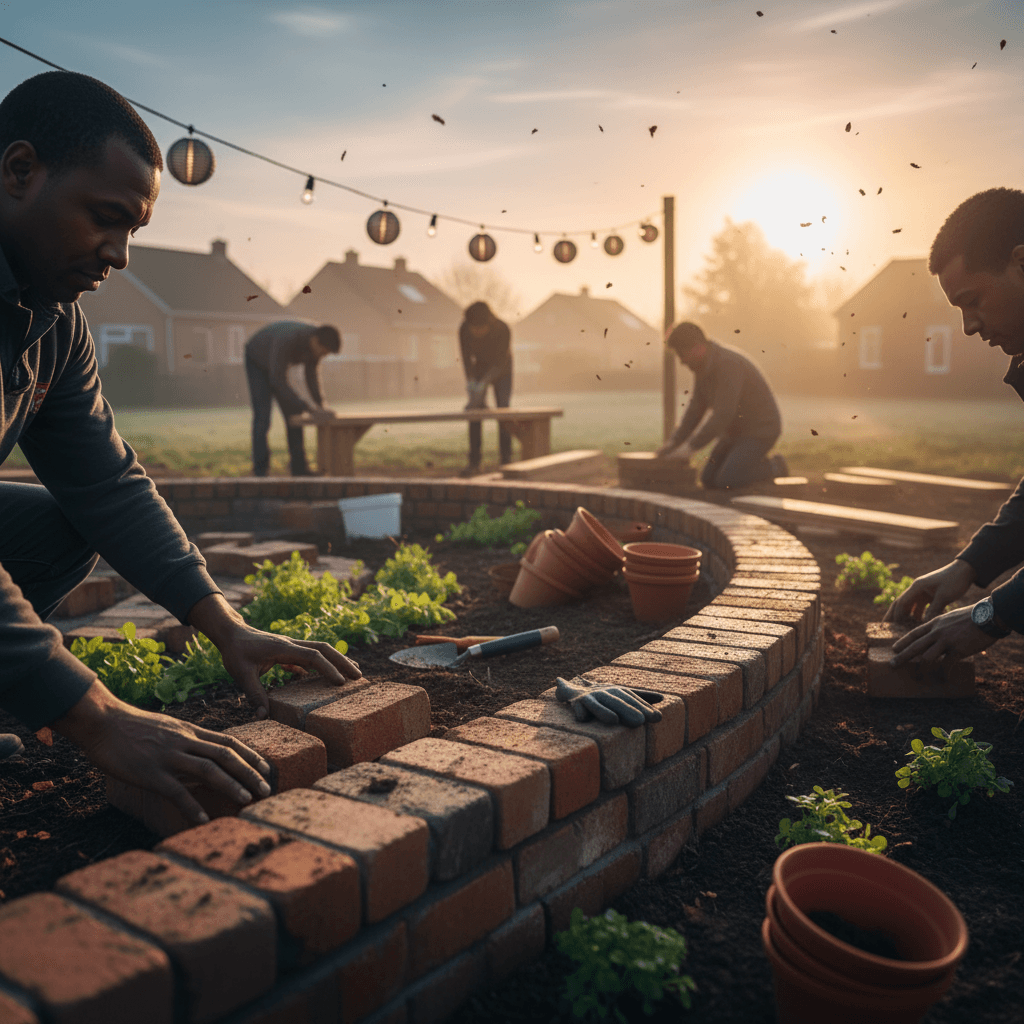From Conscience to Craft: Building What Matters

Teach your hands to build what your conscience calls necessary. — Malala Yousafzai
Turning Moral Insight into Skilled Action
To begin, the quote urges a translation from inner conviction to outer capability. Conscience points toward what ought to exist—safer schools, fairer systems, accessible tools—yet hands must be taught to realize it. Teaching implies practice, feedback, and the humility of an apprentice who learns by doing. In this light, morality is not a feeling to admire but a blueprint to execute. Thus, the hands become more than instruments; they are the disciplined extension of judgment. By cultivating specific skills—writing, coding, organizing, carpentry, caregiving—we give our conscience a vocabulary of action. The lesson is simple but demanding: train until your craft can carry what your values require.
Education as the First Toolbench
Building on that premise, education supplies the tools our hands need. Malala’s advocacy underscores this link: literacy and learning unlock the capacity to act on ethical insight. Her UN address (2013) reminded the world that “one child, one teacher, one book and one pen can change the world,” connecting knowledge directly to agency. When conscience identifies a necessary work—say, equitable schooling—education becomes both the means and the model. We learn to build by first learning how to learn: studying a problem, mastering methods, and then iterating in public. In this way, classrooms and libraries become workshops where moral intent acquires technique.
Praxis: Where Reflection Meets Construction
In practice, reflection without construction stalls, while construction without reflection misfires. Paulo Freire’s Pedagogy of the Oppressed (1970) names their union “praxis”—thought and action informing each other. A tutoring circle that redesigns its curriculum based on student feedback, or a neighborhood repair clinic that documents lessons for the next event, embodies this loop. As insights turn into prototypes and prototypes into improved systems, conscience gains precision. Each build reveals constraints and possibilities, inviting better questions and bolder answers. Through praxis, hands and head become collaborators rather than rivals.
Community-Centered Building, Not Solo Heroics
Moreover, what conscience deems necessary is usually communal. Effective builders begin by listening: mapping lived experience, convening residents, and co-creating goals. Historically, efforts from Jane Addams’s Hull House (1889) to modern Engineers Without Borders projects demonstrate that durable solutions arise when people closest to the problem shape the design. A community garden that doubles as a learning space, or a locally managed water system with clear maintenance plans, shows how co-ownership sustains progress. Instead of parachuting in fixes, we act where we stand—standing, crucially, with others.
Designing for Necessity, Not Novelty
At the same time, conscientious builders resist solutionism—the allure of elegant answers to poorly understood problems. The better question is, “Who benefits, who bears the cost, and who decides?” Frameworks like Design Justice (Sasha Costanza-Chock, 2020) urge us to center marginalized communities, anticipate harms, and prioritize care and maintenance over spectacle. In practical terms, this means favoring repairable systems, accessible interfaces, and transparent governance. Necessity rarely demands the flashiest tool; it asks for the right one, well maintained and accountable.
Training the Hands: Habits, Standards, Collaboration
Consequently, we must institutionalize learning-by-building. Apprenticeship, peer review, and open-source collaboration create feedback loops that strengthen both ethics and technique. Small prototypes de-risk ambition; shared documentation ensures others can replicate, adapt, or sunset a design. Mutual aid networks, community labs, and interdisciplinary teams make it easier to match skills to needs. By normalizing iterative craft—test, measure, improve—we align daily habits with moral purpose.
Deciding What Is Truly Necessary
Yet discernment is essential. Conscience sets direction, but prioritization sets pace. Tools like needs assessments, participatory budgeting, and time-boxed pilots help separate the urgent from the merely interesting. Publicly defined criteria—impact, equity, feasibility, stewardship—keep teams honest about trade-offs. When we commit to measuring outcomes and inviting course corrections, we prevent pet projects from eclipsing vital ones. Necessity, then, becomes a shared, evolving judgment rather than a private conviction.
Courage, Patience, and the Long Arc
Finally, building what conscience requires is a marathon of maintenance as much as a burst of invention. Small, steady improvements compound; resilient systems outlast news cycles. Malala’s own journey models this endurance: advocacy, setbacks, learning, and renewed action—over years, not days. With courage to begin and patience to continue, our hands become faithful stewards of our values. In that alignment, conscience stops being an inner whisper and becomes a lived architecture others can inhabit.